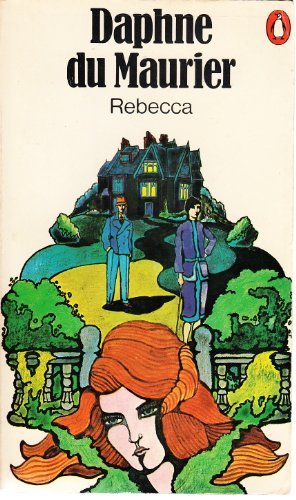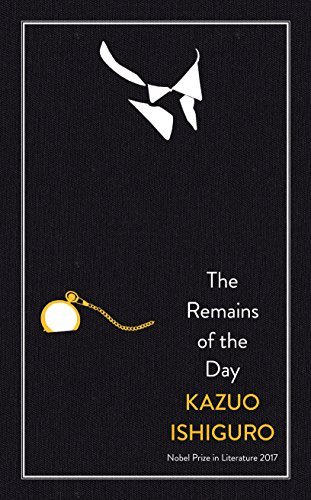Country House Fiction’s Role in Shaping Historic Houses
Sarah Moody from UCA summarises a paper by PGECR Country House group member Sarah Roller, Policy & Education Officer for Historic Houses (@SarahRoller8)
The 21st annual Historic Houses international conference held at Maynooth University on May the 8th and 9th had the intriguing topic this year of ‘Picturing the Country House’. There were many engaging papers that examined how the country house has been represented pictorially and imaginatively across a range of media, including painting, photography, film and literature. I was particularly excited about Sarah Roller’s paper - “What role has country house fiction played in shaping perceptions and interpretations of historic houses today” - not least because my PhD examines representations of the country house in decline in twentieth and twenty-first century fiction, and making links to the heritage industry is part of this. I’m also currently teaching a course ‘Delusion and Decline’ at HLSI in north London, and several of the texts Sarah discussed I had included on the module’s reading list. It was great to hear opinions on a topic that I’m so immersed in at the moment.
As someone currently working for Historic Houses, Sarah was well placed to set up how the average visitor to country houses has expectations deriving from popular culture representations, thinking that the space will be presented a certain way, and fulfil their desire for a nostalgic fantasy. She explained how fiction was originally the only way most people could could experience the country house, and therefore earlier authors such as Evelyn Waugh and Daphne du Maurier would elaborately describe houses and their interiors, something later writers such as Kazuo Ishiguro, Ian McEwan, Graham Swift and Isabel Colegate didn’t need to do so fully. As the country house became more pictorially prolific, readers arrived with that visual and architectural reference ready. She asserts this allowed later writers to focus less on place-making and more on class concerns and the dying of the aristocracy and their way of life.
It’s so interesting to consider how fiction has fed into the heritage industry, and even today Sarah explains how country houses find it ‘hard to escape their cultural counterparts’ and present narratives that are going to disappoint readers of this genre. She says contemporary fiction has sought to subvert these romantic and nostalgic expectations, using the example of Swift’s 2016 novella Mothering Sunday in which a maid walks naked through an empty country house, fully subverting the conventions of social hierarchy and long-established roles. However, not all real life houses are willing to subvert the country house experience. One example that has been willing is Harewood House, which Sarah says is being more transparent about its colonial links, and history involving racism and sexism. Sarah also made the relevant point that cosy country house fiction and less transparent historic house interpretation can act as a barrier for what’s currently happening in politics - the aristocracy has not totally vanished, and many house owners and hereditary peers wield substantial power over public policy.
I disagree with Sarah that contemporary country house novels ‘rely on their predecessors work in picturing the country house’ and don’t world-build so much architecturally, this is only because in a typical nerdy PhD student way I’m reading way outside the canon, including many inter-war and post-war works that barely mention descriptions of the house, and contemporary works that are rich in architectural, pastoral and interiors imagery. I do agree that more recent authors use historical hindsight to tackle political and social concerns that relate to country house heritage, especially Ishiguro and Colegate who were directly addressing issues in 1970s and 1980s heritage and the conservative government of the time. Sarah made a fascinating argument for the significance of fiction in the shaping of how we view the country house, and why this is both beneficial and limiting to the heritage industry. With the country house not going out of fashion anytime soon in fiction, film and television, the dilemma for country houses open to the public is how much they embrace the nostalgia whilst tackling some of the more difficult issues fictive depictions explore.



